You can use AppShell. Try this:
AppShell.xaml
<Shell x:Class="mycompany.AppShell"
xmlns:pages="clr-namespace:mycompany.Pages"
xmlns:mycompany="clr-namespace:mycompany"
x:DataType="mycompany:AppShell"
FlyoutBehavior="Flyout">
<FlyoutItem Title="HOME">
<Tab Title="tab1">
<ShellContent ContentTemplate="{DataTemplate pages:AboutPage}"/>
</Tab>
<Tab Title="tab2">
<ShellContent ContentTemplate="{DataTemplate pages:HomePage}"/>
</Tab>
</FlyoutItem>
<FlyoutItem Title="item1">
<ShellContent ContentTemplate="{DataTemplate pages:ItemPage}"/>
</FlyoutItem>
<FlyoutItem Title="ABOUT">
<ShellContent ContentTemplate="{DataTemplate pages:AboutPage}"/>
</FlyoutItem>
</Shell>
At AppShell.xaml.cs
public AppShell()
{
InitializeComponent();
//goto login if you want
Navigation.PushAsync(new LoginPage());
}
At LoginPage.xaml.cs
public StartPage()
{
InitializeComponent();
//hide bottom tabs
Shell.SetTabBarIsVisible(this, false);
}
At LoginPage.xaml hide the top navigation:
<ContentPage Shell.NavBarIsVisible="false">
</ContentPage>
The final step is to navigate back to the Shell tab page, the best place would be at the ViewModel of your LoginPage, you have to complete the login process and go to your main screen.
Task.Run(async () =>
{
//go to our main shell page with tabs and flyout menu
await Shell.Current.Navigation.PopToRootAsync();
});
Hope that helps.



